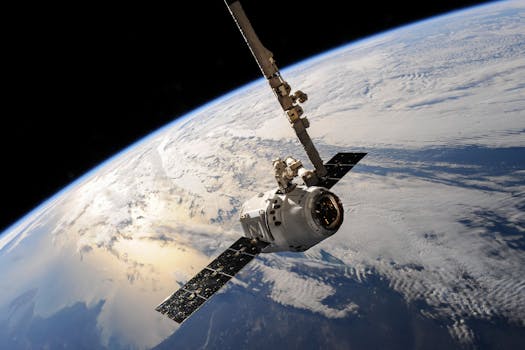
The Future of Satellites: Revolutionizing Global Connectivity
The future of satellites is poised to revolutionize global connectivity, enabling faster and more reliable communication, navigation, and remote sensing. With the rapid advancement of space technology, satellites are becoming increasingly important for various applications, including telecommunications, weather forecasting, and Earth observation.
Advancements in Satellite Technology
Recent breakthroughs in satellite technology have led to the development of smaller, more efficient, and cost-effective satellites. The use of advanced materials and propulsion systems has enabled the creation of satellites that are lighter, more maneuverable, and have longer lifetimes. Furthermore, the implementation of artificial intelligence and machine learning algorithms has improved satellite performance, allowing for more accurate data analysis and decision-making.
Applications of Satellites
Satellites have a wide range of applications, including telecommunications, navigation, weather forecasting, and Earth observation. Telecommunication satellites enable global connectivity, providing internet access, voice communication, and data transmission. Navigation satellites, such as GPS, provide location information and timing signals, which are essential for various industries, including aviation, maritime, and transportation. Weather forecasting satellites monitor weather patterns, enabling accurate predictions and warnings for severe weather events. Earth observation satellites monitor the environment, tracking changes in climate, land use, and natural resources.
Future Developments and Challenges
The future of satellites holds much promise, with ongoing developments in areas such as satellite constellations, quantum communications, and space-based solar power. However, there are also challenges to be addressed, including space debris, regulatory frameworks, and cybersecurity threats. As the number of satellites in orbit increases, the risk of collisions and debris generation also rises, posing a significant threat to the long-term sustainability of space activities. Moreover, the lack of clear regulatory frameworks and standards for satellite operations and data sharing hinders the development of a cohesive and efficient satellite industry.
Conclusion
In conclusion, the future of satellites is exciting and rapidly evolving, with significant potential to transform global connectivity, navigation, and remote sensing. As technology advances and new applications emerge, it is essential to address the challenges associated with satellite development and operation, ensuring a sustainable and secure space environment for future generations.